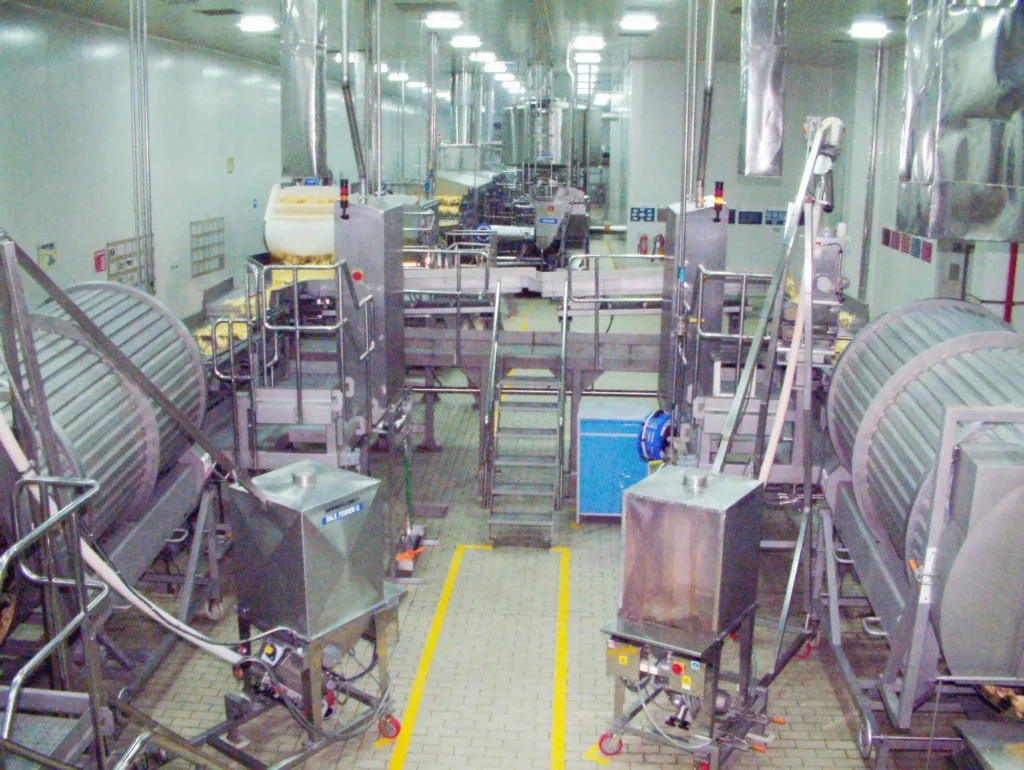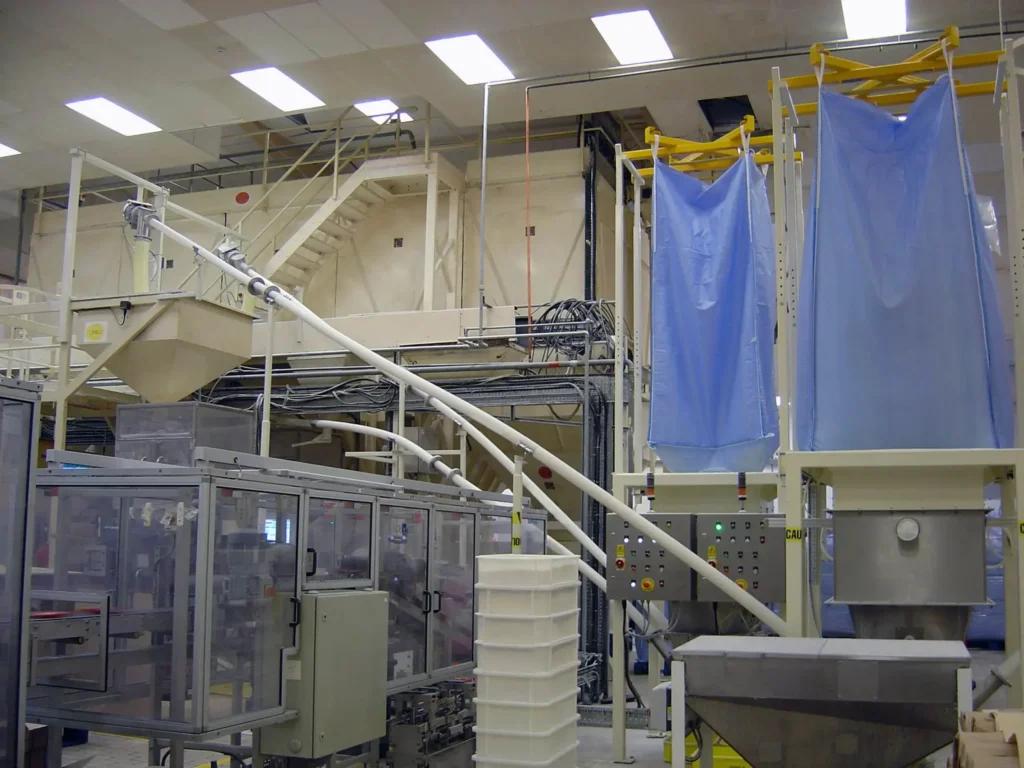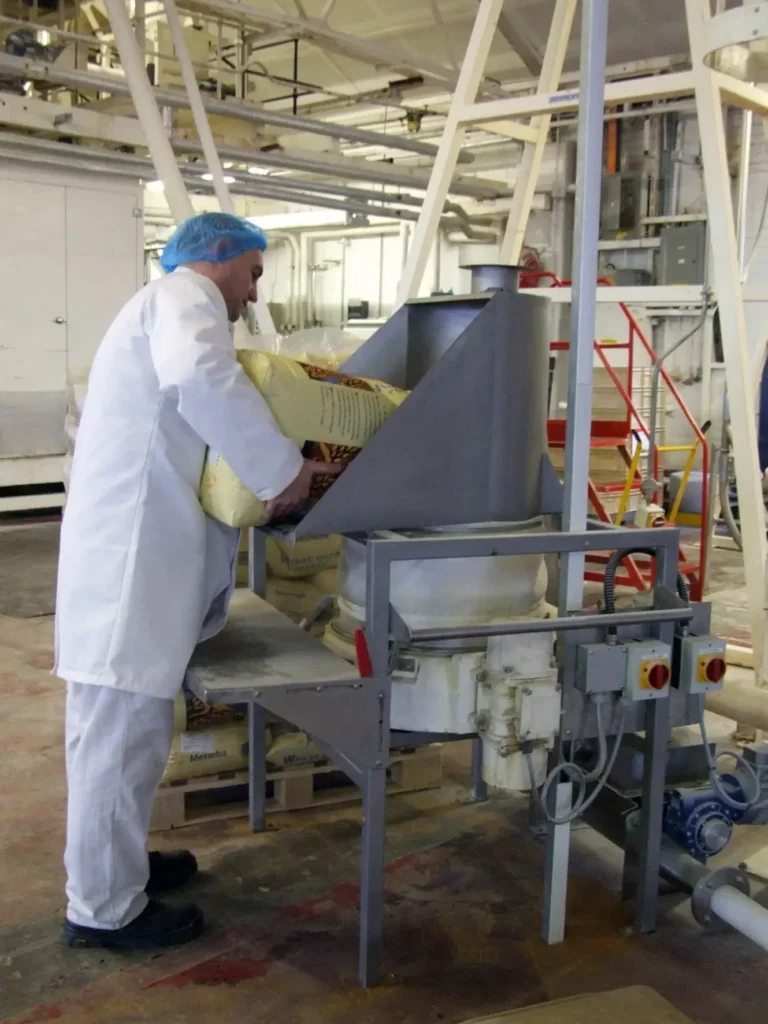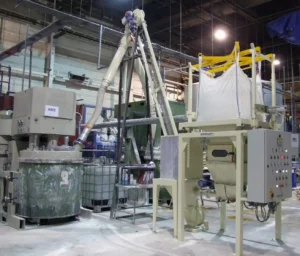In the ever-evolving landscape of manufacturing, the ability to swiftly adapt to fluctuating demand is crucial for businesses to thrive. As industries continue to grapple with the unforeseen challenges posed by the COVID-19 pandemic and shifting consumer behaviors, increasing production capacity to meet surging demand becomes a top priority.
This is part two of Spiroflow’s blog series “Making Manufacturing Shifts: Adapting During COVID-19 & Beyond.” In the first installment of our series, we talked about how conveyor systems manufacturers that have seen a decrease in product orders are pivoting to produce in-demand products like face masks and hand sanitizer. In this blog, we will address the second shift we are seeing – modifying existing production lines to increase capacity for manufacturers who have seen an increase in demand.
Shift #2 – Modifying Production Lines to Increase Production – Why Is It Happening?
Today, we will focus on industries, including food and beverage, snack foods, pharmaceuticals, and chemicals, among others, where products are in high demand and orders are soaring. In this exploration, we’ll delve into two industries facing supply challenges during the coronavirus pandemic, where the role of conveyor belts is seamlessly integrated into their processes.
The global pulp and paper industry – read toilet paper – has ramped up operations to keep up with panic buying and resulting supply chain shortages. At the P&G plant in Albany, Georgia, which produces Charmin toilet paper, some employees went from working five to seven days a week to help keep pace. UK-based toilet paper manufacturer Essity said it boosted output in March to meet higher demand for products. Toilet paper manufacturers, for the most part, have been able to source more material and keep up while being careful not to create an oversupply when panic buying stops.
Our second example – food processors – is a bit more dynamic when it comes to buyer behavior. Processed foods, which have a longer shelf-life, are becoming more popular with buyers looking to minimize their number of trips to the store to prevent exposure to COVID-19. About social habits, social distancing is here to stay (or at least to some degree) for the foreseeable future. It’s likely that the upward trend in manufacturing orders for long-lasting, frozen, snack, and processed foods is as well.
Snack foods, in particular, are seeing an increase in demand due to the majority of children staying at home for the remainder of the school year and people working from home who are now also more likely to eat and snack at home during the day.

What Are the Unique Challenges Within the Context of Global Lockdown?
While some buyers are opting for more processed foods, other buyers are shifting their behavior towards organic, fresh ingredients. In the UK, organic food delivery service Abel & Cole has seen a 25% increase in sales, largely driven by their delivery service option but boosted by an increase in demand for healthy, safe foods.
In the US, Whole Foods supermarket has had to limit the number of online orders it can accept due to the surge in demand. Why the sudden change? The COVID-19 conversation is putting health at the forefront of consumer demand, and organic foods are thought to be healthier and safer.
As these examples highlight, coronavirus has created a sudden and unplanned increase in demand in certain geographies. Add to this challenge problems staffing sites, maintaining on-site social distancing protocols, adhering to government regulations, and a heightened focus on process cleanliness and hygiene – and it’s easy to see how manufacturers have a lot more to think about than just adding new equipment to their production lines when it comes to increasing capacity.
How Do You Keep Your Conveyor Technologies and Dry Bulk Material Handling Equipment Clean While It Is Running Almost Constantly?
Hygienic tubular and conveyor belt systems solutions are of utmost importance during COVID-19. That’s why you should opt for a hygienic process equipment design that both prevents contamination and allows for easy, fast, regular cleanings. So, choose totally enclosed tubular conveyor solutions for the movement of ingredients for food or medicines.
Quick clean functionality of conveying equipment enables cleaning of your equipment without significantly interrupting your production line. Look for design simplicity, quick-release connections, and fewer parts to clean. To prevent unwanted downtime, another feature you should consider is a design that contains a seal to separate the drive system from the material in the event of material leakage.

How to Overcome Challenges of Finding Enough Staff During COVID-19 and Keep Up With Increased Production?
First, evaluate how much of your staff may be able to work remotely. While some on-site staff will always be a necessity for manufacturing operations, remote monitoring with Industry 4.0 can enable management and other belt conveyor manufacturers who would not otherwise feel safe coming on-site to continue to be productive from a physical distance.
Second, look for points in your process that could be automated by equipment so that your staff can be freed to focus on more high-value tasks such as process optimization. For example, if you have a manual bulk bag filling process in your production line, you could increase your filling rate and weighing accuracy by implementing an automated gain-in-weight solution while decreasing the need for the total number of employees on-site, resulting in both output and productivity gains.
Similarly, for bulk bag unloading, a loss-in-weight bulk bag system would have the same benefits. Both of these solutions also reduce product spillage that can occur with manual operations. The end results can be dramatically increased total output, improved cleanliness and safety, reduced waste, labor costs, and housekeeping time, all of which combined deliver significant productivity gains and ultimately improve profitability.
Maximize the Efficiency With Production Line Layout
Production line layout is another area where you can maximize efficiencies and free up staff to focus elsewhere. If your process involves multiple transfer points in order to change the direction of the conveyor due to site layout – there may be an opportunity to eliminate these transfer points by installing a flexible conveyor that can navigate any obstacles on your site floor and transfer material to multiple in-feeds and from multiple discharge points. This reduces the need for operator intervention at the transfer points on conveyor belt solutions and reduces the risk of product spillage and contamination.
Last but not least, let’s talk about the automation of tasks related to the basic maintenance of equipment. For example, a drag conveyor that comes with an automated tensioning mechanism lessens the need for manual operator maintenance tasks. Look for equipment that is designed for low or minimal maintenance.

What Equipment Modifications Can Manufacturers Make to Increase Production Output Quickly?
Flexible screw conveyor systems offer a swift way to adapt your production line. Installation times may vary depending on the specific operation, but simple adjustments, like upgrading your conveyor belt system to boost hourly output or adding a bulk bag filler, can often be completed in less than a day and sometimes in just a few hours. Spiroflow provides a range of flexible screw conveyors in various sizes designed to seamlessly integrate into your existing process.
To enhance production output, you may only need equipment upgrades, possibly requiring minimal or no changes to your control systems. Mobile equipment options often come with built-in control panels, ensuring a hassle-free and quick setup, essentially a “plug and play” solution.
Spiroflow engineers can help you evaluate your specific requirements and suggest the most efficient way to modify your process to meet new demands.
How Can You Get the Most Value From Equipment Investments Once the COVID Crisis Has Passed?
Choosing flexible, mobile equipment over the traditional belt conveyor system is key to maximizing your investment. When buying equipment for short-term adjustments, seek options that can be repurposed to enhance your regular operations once things normalize.
To ensure your modifications are successful and deliver lasting benefits beyond the current pandemic, we recommend evaluating any changes to your production line in one of our testing labs. This approach helps you get the modification right the first time.
How Can Manufacturers Ensure Compliance With Safety and Worker Standards for Operational Changes?
Consider “plug and play” solutions when evaluating new equipment to minimize external vendor investment. With this approach, equipment can be ordered and delivered to your site, ready for straightforward installation by your own team.
If on-site installation, layout assistance, or inspection is required, it’s essential to share any COVID-19 safety protocols, requirements, restrictions, or procedures with your equipment vendor ahead of their arrival. Communication on safety protocols before the site visit is the key to ensuring worker safety while vendors work to install and commission new equipment on site.

With Spiroflow, Increasing the Capacity of Production Lines to Meet Demand Will Be a Breeze
When it comes to our own Spiroflow staff, we make sure to reach out in advance to understand your site’s specific safety requirements. Once we arrive on-site, we follow your guidelines strictly. We’ll enhance the capacity and flexibility of your production lines, making it easier to meet increasing demand, streamline your operations, and maintain high-quality output. Contact us today and get all the needed information about our industrial conveyor systems.
Stay tuned for Part 3 in our “Making Manufacturing Shifts” Series, the rapid adoption of remote site management for adherence to social distancing protocols.





